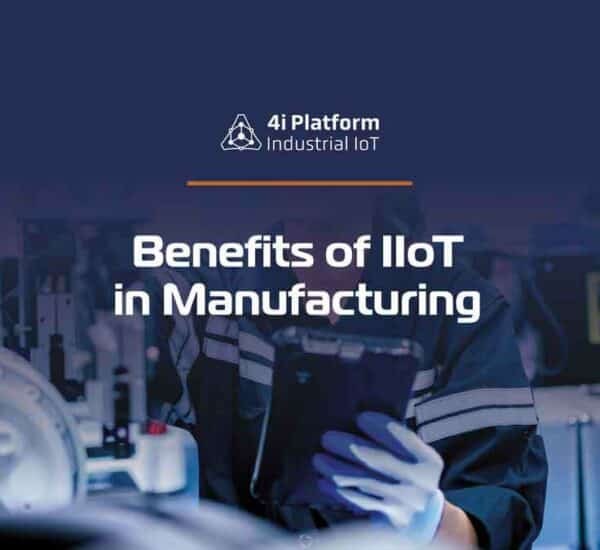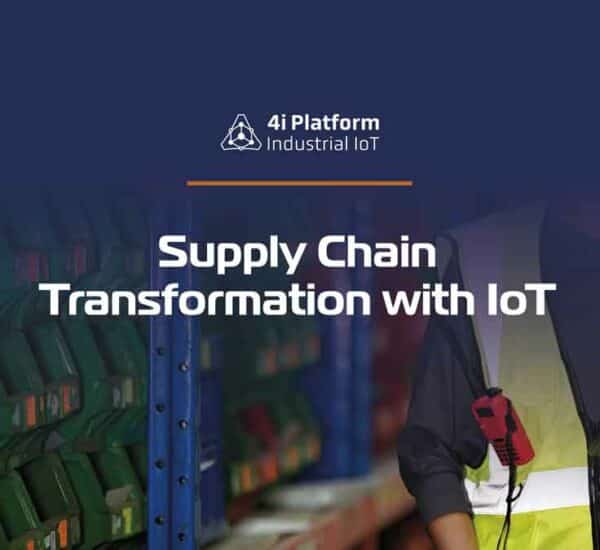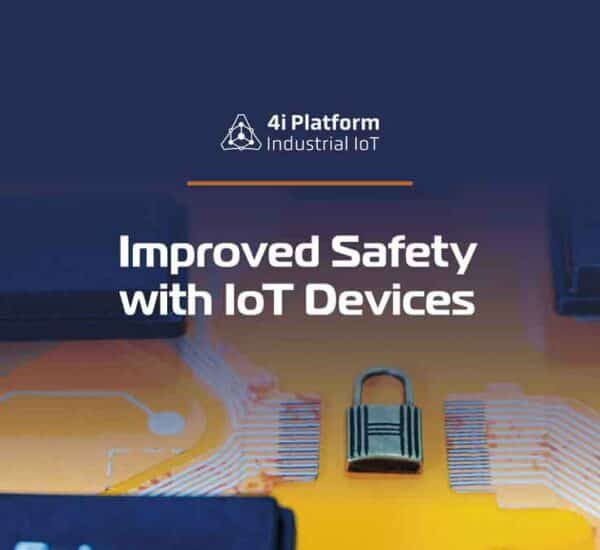Operating a large-scale or corporate data center requires a consistent and higher load delivery of electricity. Power management for data center solutions companies is a critically important aspect of their infrastructure and deployment.
Though some data centers have relied, and continue to rely on power given by local electricity grids, these solutions come with distinct drawbacks. First, grid electricity can be more expensive than other solutions, often because of the sheer amount of power required in large data center operations.
Second, because of the amount of power required, some local electricity grids can fail to consistently provide the minimum power necessary for data center ingestion. This can be particularly true when data centers are housed in rural or remote locations, or when local power consumption during peak hours limits the amount of grid power that can be delivered to the data center.
Finally, data centers that rely on grid power are susceptible to power failures or brown-outs on their own grid. These can have a disastrous effect on data center operations and the critical function that they provide.
Because of these drawbacks to grid electricity, data center solution providers have begun to find alternative forms of electricity generation for their operations that provide greater consistency, redundancy, and control than traditional grid electricity.
At the forefront of this effort is the creation of in-house power plants that provide dedicated power to data center operations. In this article, we will explore some of the ways that Internet of Things (IoT) data solutions can be used to successfully manage power plant operations for data centers.
The flexibility of IoT monitoring systems, the breadth of data they gather, and the speed with which they can gather and transmit that data, provide a deeper level of security and a greater level of coverage for power plant management. Taken together, these aspects of an IoT data system allow data center solution providers to create a more efficient, cost effective, and stable power plant and data center system.
Power Management Flexibility
IoT data gathering and tracking systems are inherently flexible, and lend themselves well to industrial applications such as power plants or the management of data centers. An IoT-based system functions by creating a mesh network of sensor nodes throughout the infrastructure that you wish to monitor. These sensors can be placed through your operations and organization. Within a data center, sensors can be used to track HVAC systems, lighting, server stacks, temperature and humidity.
Within a power plant, sensors can be embedded into critical equipment to monitor electricity production, operating temperature, efficiency and emissions. Once sensors have been placed at necessary points throughout a data center or power plant, the mesh network is up and running. Sensors then transmit the data accumulated to cloud-based analytics software, which then pushes that information to a data dashboard.
Data dashboards exist as a central data collection and viewing point for an IoT monitoring system. Data dashboards can be configured in the way that makes the most sense for the end user and their application. Data dashboards offer another layer of flexibility for IoT monitoring systems. This is because they are accessible from nearly any device, from a desktop computer to a mobile phone or tabletcomputer.
This flexibility can be a game changer for the management of a power plant or data center, by allowing management teams the ability to stay mobile throughout their organization while still staying up-to-date at a moment’s notice. Management teams can also configure their data dashboard to generate alerts once certain data thresholds have been met.
This is of particular importance in power management for data centers, due to the critical nature of the infrastructure to continuous operations.
Management teams can be alerted if fluctuations in electricity generation, temperature, heat, or a variety of other data points have happened, and act on that information immediately.
For data center solutions companies, monitoring their networks has always been a high priority. In today’s landscape where data center solution providers are bringing power management and delivery in-house, monitoring software has never been more important.
For these types of critically important efforts, IoT monitoring systems offer the flexibility to be easily adapted and deployed within an existing organization. At the same time, an IoT solution gives a data center solution provider the full-field, single pane view of both their electricity distribution and data center operations that they should guarantee constant delivery of services.
Breadth of Data & Data Fusion
Integrating power plant operations into the management of a data center adds another layer of complexity into an already complex system. In order to successfully integrate power plant management into data center solutions, companies will need to be able to consistently monitor their entire system.
From determining if a single light is left on, to round-the-clock monitoring of temperatures, generators or HVAC systems, IoT monitoring can provide the constant coverage data management solution providers need to maintain their operations.
When applied to a combined power plant and data center, these multiple data points converge into a continuous stream of data encompassing your entire system. From the smallest aspect to the most critical piece of machinery, an IoT monitoring system can help you maintain the health of your operations and network.
Because IoT systems are more flexible than video monitoring solutions, they can also be expanded as your operations grow. You can install sensors on new gear and easily incorporate the data gathered from that sensor in your monitoring apparatus.
This principle can also apply to equipment that you no longer need to track. You can easily decommission a sensor, remove it from your system, and apply it to a different item of equipment or location to be tracked. In this way, your IoT system can expand or contract with your operations, allowing you to provide continuous coverage at any point during your company’s operations.
Data center solution providers understand precisely what information they need to properly run and maintain their data center and power plant. Because of this, it is important to use a tracking system that can be configured to provide the most important information in an accessible, immediate format. IoT monitoring solutions meet this expectation, allowing data center management companies to configure IoT sensors to stream the data that they need most.
Fusing this sensor data with additional critical datasets can help optimize operations further Having access to the data they need allows a data center solution provider to create a more efficient system, with a more robust safety net for catching malfunctioning equipment before it becomes a significant problem. In the long run, having exactly the data they need allows data center management solutions to run more cost efficiently and effectively, with greater safety redundancy.
Real-Time Monitoring
For the management of a data center, one of the foremost benefits of an IoT monitoring solution is the generation of greater amounts of actionable data through real-time monitoring. While many other tracking solutions promise real-time data, few successfully deliver on this promise.
Real-time delivery of critical data, when coupled with flexibility of application, breadth of data coverage, and strong analytics capabilities, is what sets an IoT monitoring system apart from the competition.
From the data management business, having actionable data means having exactly the data you will need to make critical decisions within a limited window of opportunity. For data center solution providers that operate onsite electricity plants, that window of opportunity can be as little as a couple of minutes. An IoT monitoring solution provides more instances of actionable data through truly real-time coverage.
In an IoT system, the information gathered through your sensor system is constantly uploaded to cloud analytics software and streamed to your data dashboard. The continuous coverage of an IoT monitoring system provides management of a data center a full-field perspective of the health of their organization and equipment at all times.
Given the sensitive nature of the data center operations and the plants that support them, having power management data in real-time can allow critical equipment or infrastructure failures to be identified and addressed before they happen. For example, you as a data center solutions provider have sensor nodes tracking the full breadth of your HVAC system. You receive an alert that there is a temperature fluctuation in one of your server stack rooms.
You can quickly dispatch on-site maintenance to assess whether the problem resides in your HVAC equipment, or if the generators supplying power to your HVAC system are exhibiting signs of an impending equipment failure.
As soon as you figure out where the problem lies, you can perform maintenance on the equipment while providing constant power to your data center, and therefore service to your customers.
With a data dashboard configured to generate alerts based on critical data, the management of a data center is possible regardless of where supervisory or management staff are located. They can be alerted of events when they happen, whether they are off-site, off-shift, or at home. This gives data center solution providers the flexibility to deploy their staff where they are needed most, while being secure in the knowledge that events affecting their operations can quickly be determined and addressed.
Comprehensive Data Center Management Solution
As a comprehensive data center management solution, IoT-based monitoring allows data management solutions companies to safely and confidently maintain continuous coverage over their data center and power plant apparatus. IoT-based systems have the flexibility to be integrated seamlessly into existing data center and power plant operations.
Data-gathering sensors can be configured to collect the most necessary data and implemented across the entirety of your operations. An IoT-based system can also be easily and cost effectively expanded or contracted with the needs of your organization. The flexibility of an IoT system also lends itself to organizations that have very specific or distinctive monitoring needs.
This means that a data center solution provider can utilize one IoT-based monitoring system to watch over their entire organization, creating seamless coverage between your power plant and data center operations.
The full-field view that IoT-based systems supply is an enormous strength as a data center management solution. Data center solution providers no longer have to manage between monitoring programs and software, and can instead assess the health of their network from one centralized data dashboard.
From critical equipment, construction access, lighting, or environmental monitoring, an IoT system can stream data from all these points to one centralized location. This provides data center managers with an unparalleled ease of use, while lending itself to quick access of critical data.
The real-time data that an IoT-based monitoring system provides generates more actionable insights into key operational areas. With real-time data, the management of a power plant or data center can be conducted more proactively, giving management teams greater information and control over the entirety of their organization. Real-time data combined with alerts allows management teams to quickly assess and act on events within their operations, giving them the data they want to avert equipment failure or stoppage of service.
Taken together, these aspects of an IoT monitoring system revolutionize the data management business by enabling data center solutions providers with comprehensive, round-the-clock coverage of their organization in real-time.
Relying on an IoT-based monitoring system will allow data center solutions companies to function more efficiently and effectively, reducing costs while allowing them to provide continuous up-time and service.





